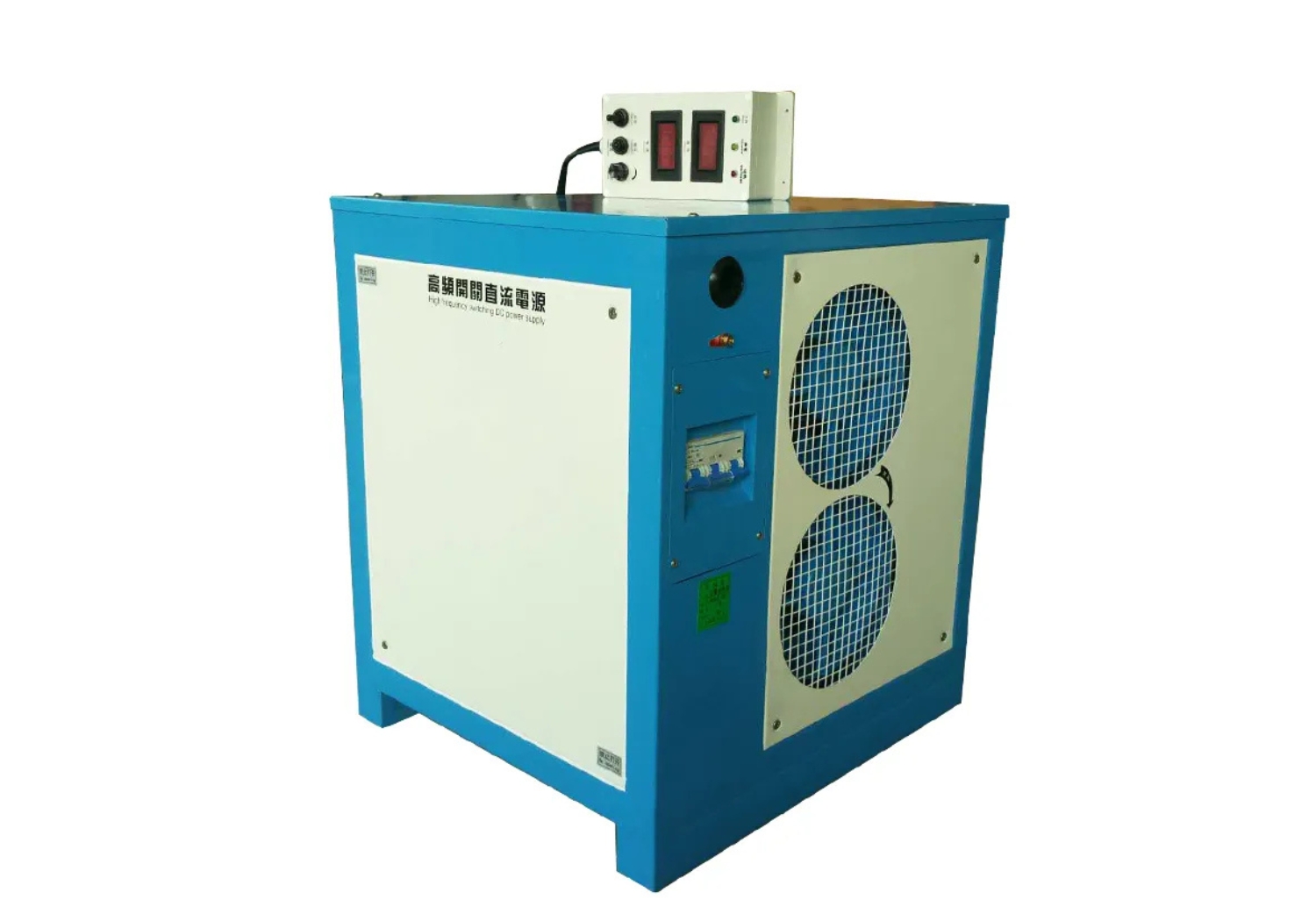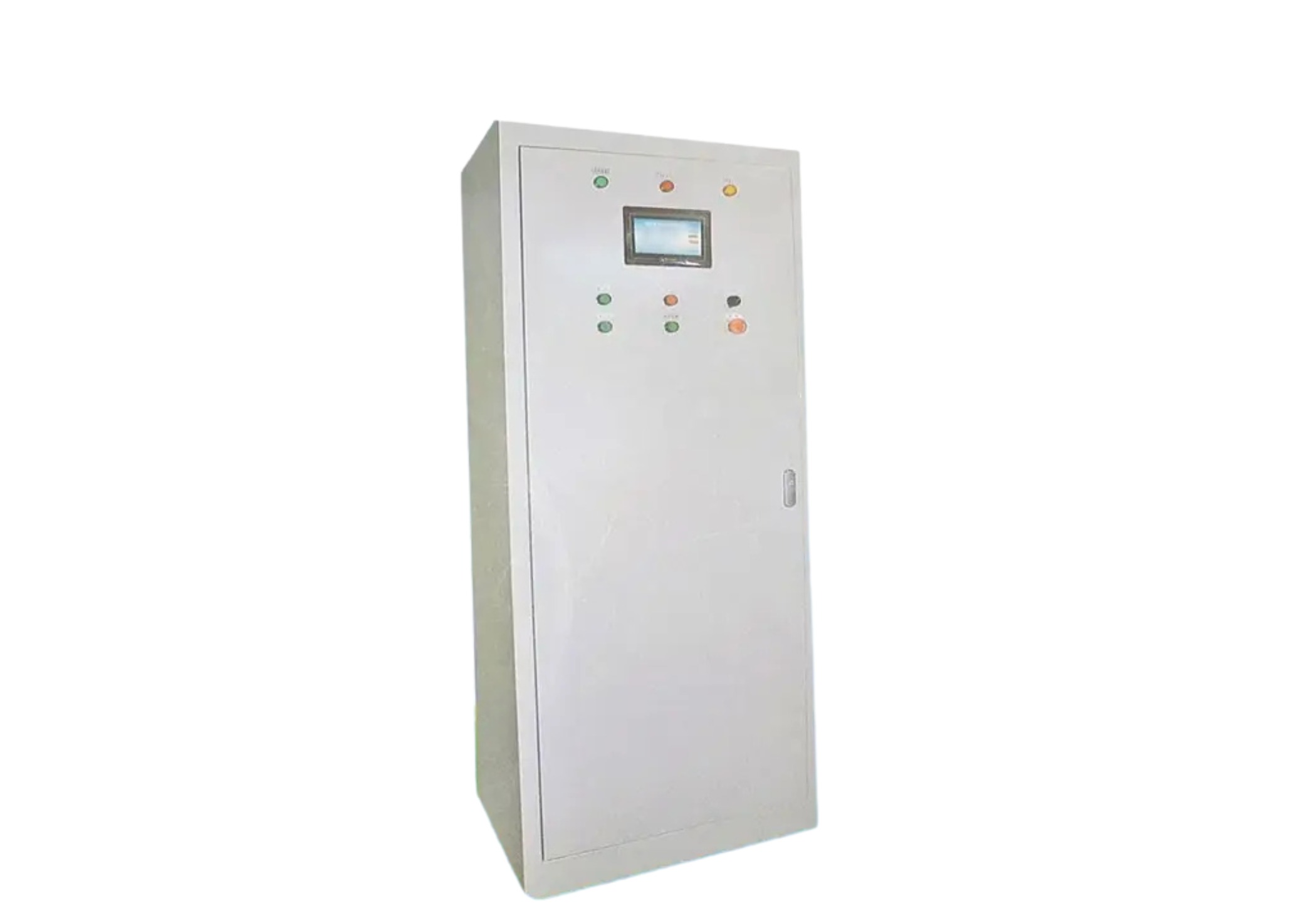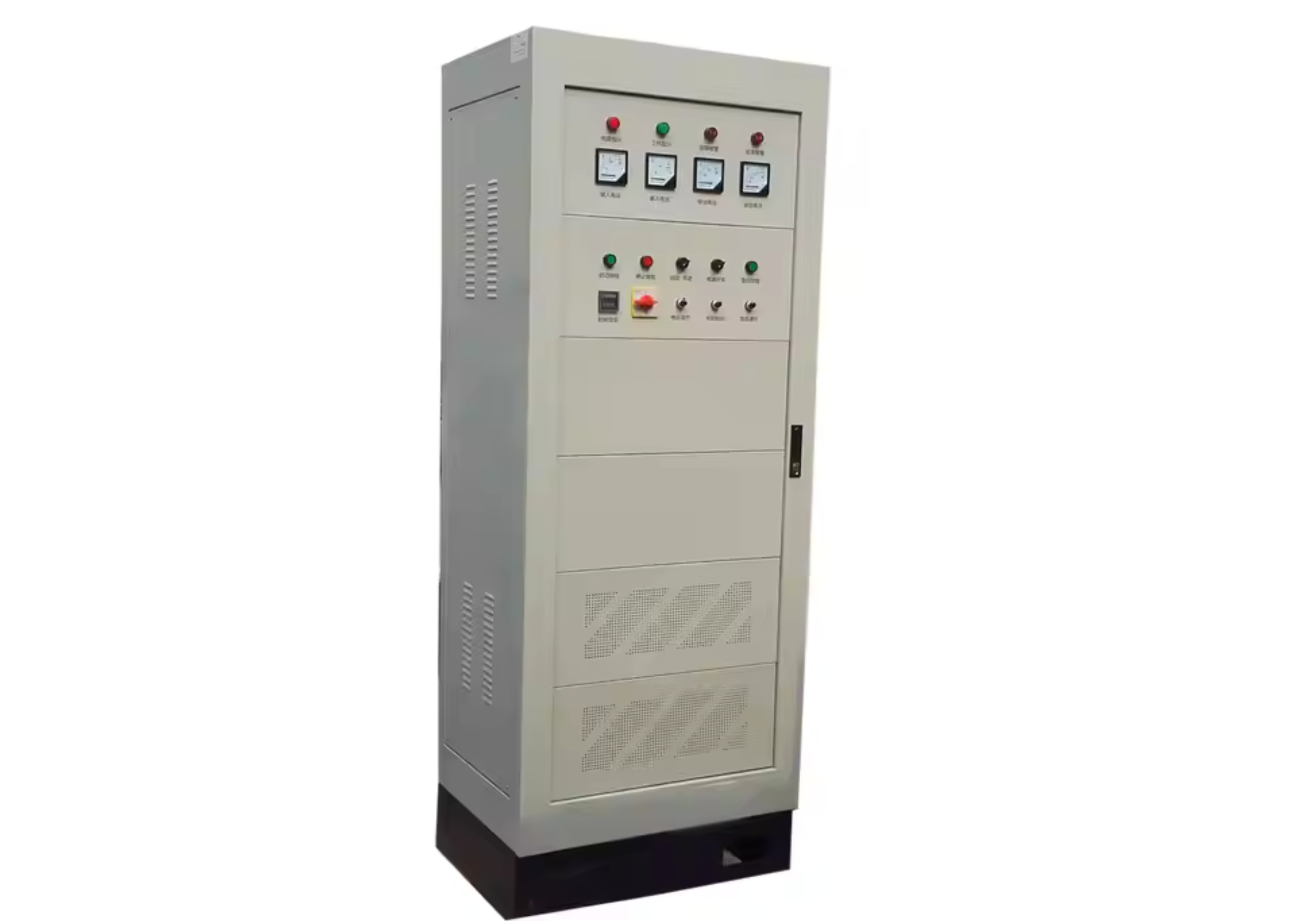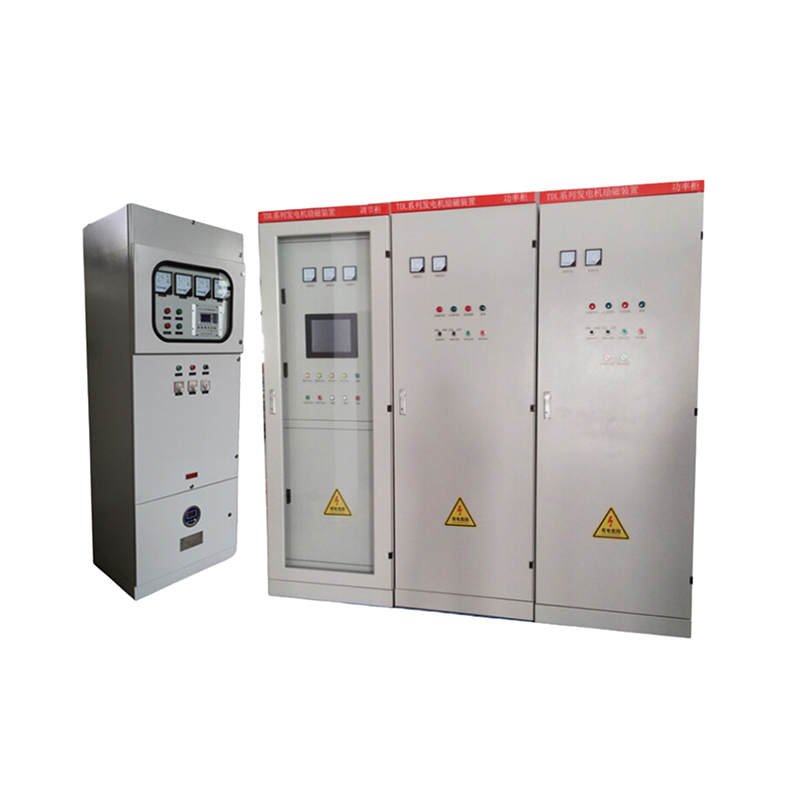Reliability Testing and Monitoring of Thyristor Modules in Upgraded UPS Systems
As UPS systems evolve to support more critical loads and renewable integration, the reliability of thyristor modules becomes a central concern. Ensuring high surge current tolerance, maintaining low on‑state voltage, and sustaining industrial phase control performance requires rigorous testing and smart monitoring systems—especially in applications involving temperature control, servo drives, dimming, or wind turbines.
1. Qualification Testing and Thermal Cycling
Thyristor modules should be qualified under conditions that simulate UPS operational environments. Test cycles should include thermal cycling (e.g., −40°C to +125°C) to reveal early-life defects and solder fatigue. In temperature control, UPS, servo drive systems, modules often experience fluctuating thermal loads—cycling helps ensure continued operation without cracking or degradation of dual thyristor module junctions.
Include forward surge current tests at multiples of the rated RMS to assess high surge current handling. Modules that fail to stabilize post-surge are not suitable for UPS switching roles where sudden current spikes are common.
2. Voltage Withstand and Isolation Testing
For UPS systems that include high-voltage paths—such as 1600V 1.43V diming or 1600V 6500V wind turbine interfaces—perform dielectric withstand tests and partial discharge analysis to verify insulation integrity. Gate-to-anode and terminal-to-case insulation should be robust, especially in modules deployed near noisy inverters or lightning-prone regions.
Test for dv/dt immunity as well. Thyristors with poor dv/dt ratings may misfire under fast switching, disrupting UPS continuity and violating safety thresholds.
3. Embedded Sensors and Predictive Monitoring
Modern dual thyristor modules now include built-in temperature, current, or voltage sensors. These allow real-time tracking of key metrics via UPS control platforms. In temperature control or servo drive applications, this supports dynamic compensation: e.g., adjusting firing angle if junction temperature rises, or switching in a redundant path if current surges.
Predictive analytics on sensor data (trend deviations, cycle counts, or rise times) can preemptively trigger maintenance before catastrophic failure.
4. Redundant Topologies and Fail-Safe Modes
When upgrading UPS systems, use redundant paths (e.g., N+1 thyristor legs) and gate drive isolation to ensure that a fault in one module does not propagate across the system. In dimming circuits, this helps prevent visible flicker. In wind turbine tie-ins, failover thyristors help maintain grid compliance.
Ensure that fault detection circuits respond by entering safe states—shorted, open, or bypass—without requiring full system reset.
5. UPS-Specific Integration Considerations
a. Thermal UPS environments
Heat-intensive UPS systems require modules that pass extended thermal tests and maintain consistent low on‑state voltage under variable load.
b. Dimming UPS subsystems
For systems including 1600V 1.43V diming, reliability tests should include PWM duty shifts, ripple endurance, and EMI impact on firing pulses.
c. Wind turbine-linked UPS
Modules used in 1600V / 6500V wind turbine paths must endure harmonics, surge impacts, and isolation stress. Use condition monitoring to capture real-time waveform integrity and gate timing metrics.






